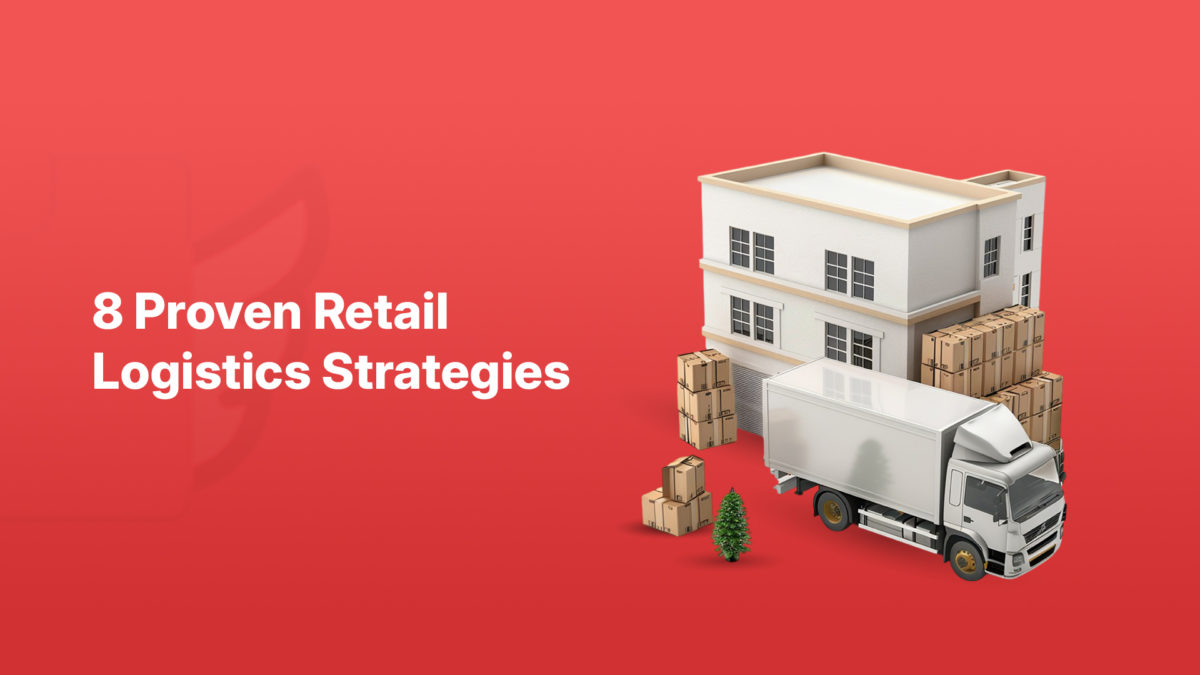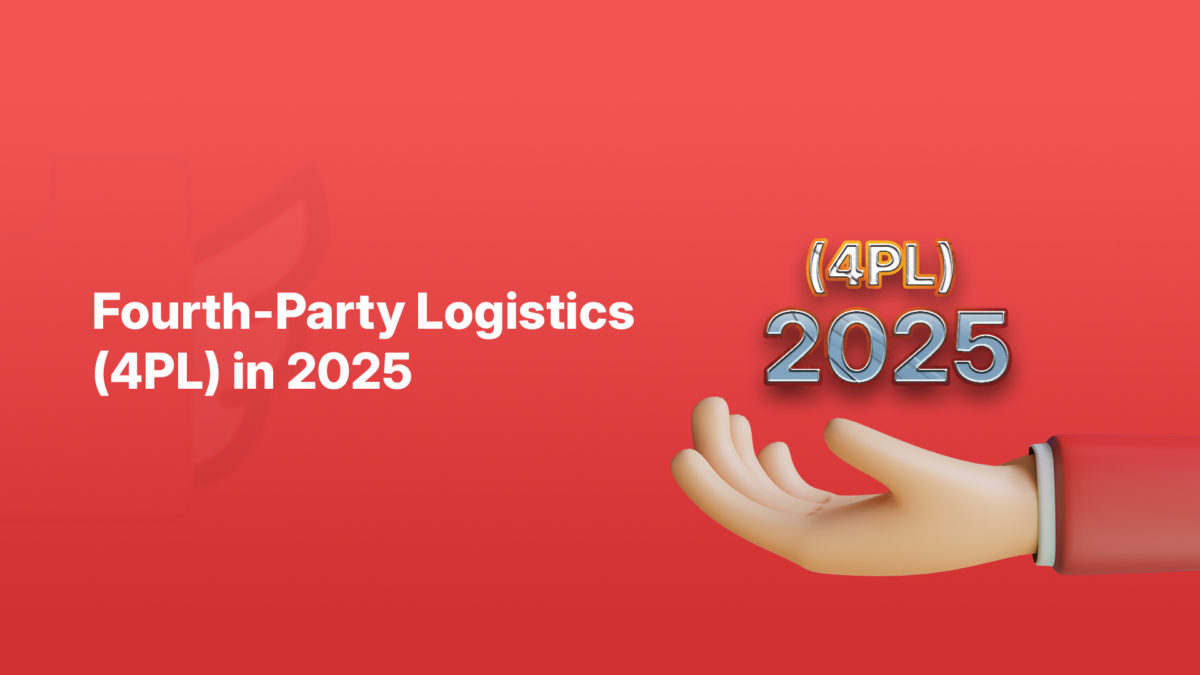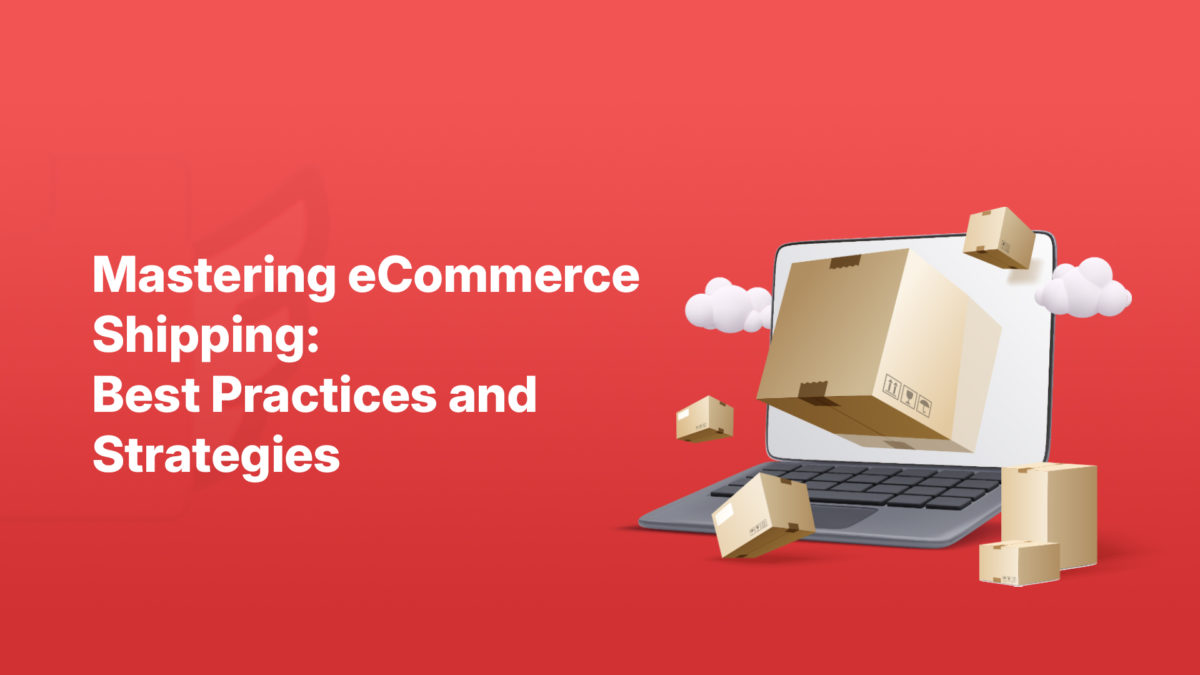As businesses look to streamline and firm up their operations and models, integrated logistics promises efficiency and profitability. But what exactly does that mean, and how can it benefit your business?
In this blog post, we will dive into integrated logistics and how they help e-commerce businesses.
What Is Integrated Logistics?
Integrated logistics is the process of combining various logistical functions – such as transportation, warehousing, inventory management, order fulfilment, and distribution – into a unified, seamless system. Rather than treating each logistical function as a separate entity, integrated logistics creates a smooth flow of goods and services from point A to point B, optimizing every step of the supply chain and getting various e-commerce logistics solutions to work seamlessly.
In simple terms, it’s about making sure all aspects of your logistics process work together like gears in a well-oiled machine. This helps your business operate more efficiently and reduces the chances of delays, errors, or unnecessary costs.
The Benefits of Integrated Logistics for Businesses
So, why should your business consider implementing integrated logistics? Here are some key benefits:
- Cost Efficiency:
When your logistics are integrated, there’s less duplication of work, fewer errors, and a streamlined process that cuts down on unnecessary expenses. By managing everything under one system, businesses can achieve cost-effective logistics management of transportation, warehousing, and overall supply chain management.
- Improved Efficiency and Speed:
With an integrated system, all parts of the supply chain are connected, allowing for faster decision-making and quicker deliveries. Orders are processed more efficiently, goods are tracked better, and communication between different departments improves – leading to faster response times and enhanced customer satisfaction.
- Better Visibility and Control:
One of the biggest challenges for businesses managing logistics is knowing exactly where goods are at any given time. Integrated logistics offers real-time shipment tracking and monitoring, providing businesses with greater visibility of their entire supply chain. This not only helps with managing inventory but also enables businesses to identify potential bottlenecks or issues before they become bigger problems.
- Scalability:
As your business grows, so does the complexity of your logistics. Integrated logistics solutions are scalable, meaning they can grow with your business. Whether you’re expanding into new markets or increasing the volume of your shipments, an integrated system can adapt to meet your needs.
- Enhanced Customer Experience:
Faster deliveries, more accurate order fulfilment, and better communication all lead to happier customers. Integrated logistics helps ensure that your customers get the right product at the right time. A positive customer experience is a powerful way to build brand loyalty and encourage repeat business.
- Data-Driven Insights:
Integrated logistics systems often come with sophisticated analytics that can provide valuable insights into your supply chain performance. A data-driven supply chain helps businesses identify areas for improvement, optimize routes, and reduce inefficiencies in the process.
How Integrated Logistics Works
Integrated logistics is all about connecting the dots between different parts of the supply chain. Think of it as all the moving parts of your supply chain coming together to form one smooth, coordinated system. So instead of having separate systems for procurement, transportation, inventory, warehousing, and order fulfilment, everything is integrated into one platform or system. This means your business can get raw materials, track shipments, manage inventory, and fulfil orders from one central point of control. Here’s how it all fits together:
- Procuring and Managing Raw Material: The Starting Point:
Procurement and material management is all about sourcing and buying the raw materials your business needs to create your final products. But it doesn’t stop there – it’s also about keeping an eye on those materials throughout the entire production process. And of course, you’ll want to stay on top of inventory levels to make sure you have enough materials to meet customer demand.
- Managing Inventory: The Backbone of It All
First up is inventory management. In an integrated logistics setup, your inventory is tracked in real time across all your warehouses or storage facilities. Instead of manually checking stock levels or waiting for a report, you get up-to-date information at a glance. This helps ensure you’re never overstocking or running out of items, aiding warehouse optimization.
It’s like having eyes on every shelf, everywhere, all the time. This kind of control helps you make smarter decisions about reordering and stocking based on actual demand.
Discover our Warehousing and Inventory Solution for improved fulfilment.
- Order Fulfilment: Speed and Accuracy Combined
When a customer places an order, integrated logistics steps in to make sure the process is smooth from start to finish. The order management system connects directly to the inventory and shipping systems, meaning the right products are picked, packed, and ready to go, all without you having to manually check anything. Integrated logistics is an integral part of your order fulfilment strategy.
The system coordinates everything so that there are fewer chances for errors, delays, or miscommunications. It’s like a perfectly choreographed dance where everything happens in the right order, on time.
- Transportation Management: Getting Things Moving
Transportation is a huge part of logistics, and in an integrated setup, your transportation management system (TMS) plays a key role. This system handles the routes, schedules, and carriers used to move goods from point A to point B.
Here’s the cool part: with integrated logistics, the TMS talks to your inventory and order fulfilment systems, so you’re always aware of where things are. It can automatically optimize delivery routes based on real-time data like traffic, weather, and location, ensuring the fastest and most cost-effective shipping options. This boosts shipping and delivery efficiency.
- Real-Time Tracking: Know Where Everything Is
One of the best parts of integrated logistics is visibility. Real-time tracking means you (and your customers) always know where an order is in the process, from the moment it leaves the warehouse to when it arrives at its final destination.
This transparency not only improves customer satisfaction but also helps you identify any delays or issues along the way. For example, if there’s a problem with a delivery, the system alerts you right away, and you can take quick action to resolve it.
- Data and Analytics: The Power of Insights
Behind the scenes, integrated logistics systems collect loads of data. This data isn’t just sitting there – it’s used to improve every aspect of your logistics operations. From demand forecasting in logistics to optimizing routes, data analytics provides powerful insights into how you can enhance supply chain efficiency.
Logistics analytics and insights support effective decision-making. Want to know the best-performing delivery routes? Or maybe you’re curious about seasonal trends that impact your stock levels? Integrated logistics gives you that info at your fingertips, so you can make data-driven decisions.
- Coordination Across Departments: Teamwork at Its Best
In an integrated logistics system, everything is connected. Your sales team can see inventory levels and availability in real time, customer service can track shipments, and warehouse staff can get immediate updates on incoming orders. Everyone is on the same page, which means smoother communication and fewer mistakes.
The coordination between departments ensures that the business runs like a well-oiled machine – and everyone, from the warehouse staff to the customer service team, is working in harmony to fulfil customer orders and meet deadlines.
- Collaboration with Partners: Efficiency Beyond Your Walls
But wait, it doesn’t stop at your business. Integrated logistics also works with third-party suppliers, carriers, and partners. If you use a third-party logistics provider (3PL) for warehousing or shipping, the system still integrates with their processes, making it easy to share data, track shipments, and coordinate operations.
This means you don’t have to juggle multiple systems or manual communication with external partners – everything is linked together in one streamlined process.
Want the best platform for your D2C business? Try D2C Delight from ShipDelight.
How Businesses Can Get Integrated Logistics
Now that you’re familiar with the benefits, you’re probably wondering: How can your business get started with integrated logistics? Here’s a simple roadmap:
- Evaluate Your Current Logistics Operations:
Before jumping into integrated logistics, it’s important to understand where your current processes stand. Identify any bottlenecks, inefficiencies, or gaps in your supply chain that could benefit from integration. This will give you a clearer picture of what needs improvement.
- Choose the Right Technology:
Technology is at the heart of integrated logistics. Invest in a robust logistics management system (LMS) or a transportation management system (TMS) that allows you to manage and optimize every aspect of your supply chain. Look for platforms that offer real-time tracking, data analytics, and easy integration with other systems you may already be using.
- Partner with a Third-Party Logistics Provider (3PL):
If managing logistics in-house seems like a huge task, you might consider partnering with a third-party logistics provider (3PL). These companies specialize in integrated logistics and can help streamline your operations by handling warehousing, transportation, and fulfilment for you. 3PLs often use cutting-edge technology to manage and optimize your logistics process, giving you the benefits without the heavy lifting.
- Train Your Team:
Implementing an integrated logistics system will require some training. Ensure that your team understands the new processes and how to use any technology that’s introduced. The more knowledgeable your team is, the smoother the transition will be.
- Monitor and Optimize:
Integration is not a one-and-done deal. To reap the full benefits, you’ll need to continuously monitor your logistics performance, analyse data, and make adjustments where necessary. The best logistics systems are always evolving, and with the right tools, your business can keep improving over time.
Want to make your business omnichannel? Our Omnichannel Solution will help make the transition smooth.
Wrapping It Up: The Power of Integration
Integrated logistics offers your business the much-needed digital transformation in logistics. In a nutshell, it connects all the critical functions of your supply chain – from inventory management to order fulfilment and transportation – into one unified system. This smooth integration makes everything more efficient, saves time, reduces errors, and provides real-time insights that help you make smarter decisions. Whether you’re handling logistics in-house or using third-party logistics services, the key to success is integration.
When all the moving parts work together seamlessly, it’s like having a logistics superhero on your side, helping your business run faster and more efficiently, while giving your customers an experience they’ll love.
ShipDelight is an award-winning logistics technology company. We offer software platforms and solutions to cater to B2B, D2C, and Retail businesses. Get in touch with us to discover how our solutions and platform can help your business.


